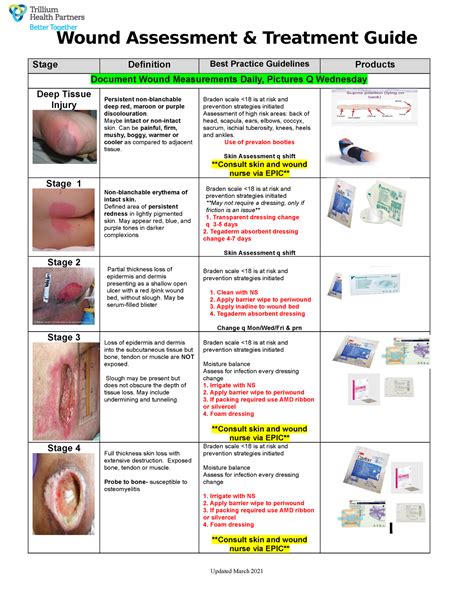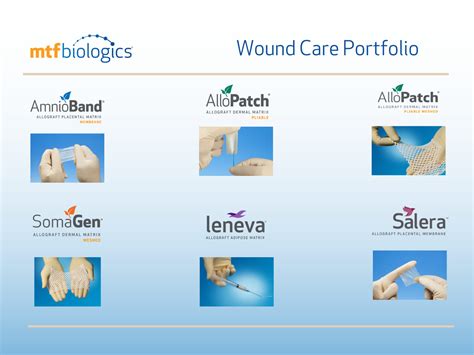Intro
Excel as a wound care nurse with these 7 expert strategies. Learn how to advance your skills in wound assessment, treatment, and patient education, while staying up-to-date on the latest evidence-based practices and technologies. Improve patient outcomes, reduce complications, and boost your career in wound care with these actionable tips and industry insights.
Wound care nursing is a specialized field that requires a deep understanding of wound physiology, treatment options, and patient-centered care. As a wound care nurse, you play a vital role in helping patients recover from various types of wounds, including surgical wounds, ulcers, and burns. To excel in this field, you need to stay up-to-date with the latest research, technologies, and best practices. Here are seven ways to excel as a wound care nurse:

Stay Current with Continuing Education
Continuing education is essential for wound care nurses to stay current with the latest research, technologies, and best practices. Attend conferences, workshops, and online courses to enhance your knowledge and skills. Consider obtaining certifications, such as the Certified Wound, Ostomy, and Continence (CWOCN) or the Wound, Ostomy, and Continence (WOCN) certification, to demonstrate your expertise.
Benefits of Continuing Education
- Enhance your knowledge and skills in wound care
- Stay current with the latest research and technologies
- Network with other healthcare professionals
- Improve patient outcomes and satisfaction
Develop Strong Assessment and Documentation Skills
Accurate assessment and documentation are critical components of wound care nursing. Develop strong assessment skills to identify wound characteristics, stage wounds, and develop individualized care plans. Document patient information, treatment plans, and progress accurately to ensure continuity of care.

Best Practices for Assessment and Documentation
- Use standardized assessment tools and guidelines
- Document patient information, treatment plans, and progress accurately
- Use electronic medical records (EMRs) to streamline documentation
- Review and update documentation regularly
Collaborate with Interdisciplinary Teams
Wound care nursing requires collaboration with interdisciplinary teams, including physicians, physical therapists, occupational therapists, and dietitians. Develop strong communication skills to work effectively with team members and ensure continuity of care.
Benefits of Interdisciplinary Collaboration
- Improve patient outcomes and satisfaction
- Enhance communication and teamwork
- Reduce errors and complications
- Promote a patient-centered approach to care
Stay Up-to-Date with Wound Care Technologies
Wound care technologies, such as negative pressure wound therapy (NPWT) and hyperbaric oxygen therapy (HBOT), can improve patient outcomes and reduce healing times. Stay up-to-date with the latest technologies and devices to provide evidence-based care.

Examples of Wound Care Technologies
- Negative pressure wound therapy (NPWT)
- Hyperbaric oxygen therapy (HBOT)
- Wound dressings and topical treatments
- Bioengineered skin substitutes
Develop Strong Patient Education Skills
Patient education is critical to wound care nursing. Develop strong patient education skills to teach patients and caregivers about wound care, treatment options, and self-management techniques.
Best Practices for Patient Education
- Use clear and simple language
- Use visual aids and demonstrations
- Involve patients and caregivers in the education process
- Provide written instructions and resources
Participate in Quality Improvement Initiatives
Quality improvement initiatives can help reduce wound complications, improve patient outcomes, and enhance patient satisfaction. Participate in quality improvement initiatives, such as wound care bundles and clinical pathways, to promote evidence-based care.

Benefits of Quality Improvement Initiatives
- Improve patient outcomes and satisfaction
- Reduce wound complications and errors
- Enhance teamwork and communication
- Promote evidence-based care
Pursue Certification and Professional Development
Certification and professional development can demonstrate your expertise and commitment to wound care nursing. Pursue certifications, such as the CWOCN or WOCN certification, and participate in professional development activities, such as conferences and workshops.
Benefits of Certification and Professional Development
- Demonstrate expertise and commitment to wound care nursing
- Enhance knowledge and skills
- Improve patient outcomes and satisfaction
- Advance career opportunities
By following these seven ways to excel as a wound care nurse, you can provide high-quality care to patients with wounds and improve patient outcomes and satisfaction.
What is wound care nursing?
+Wound care nursing is a specialized field of nursing that focuses on the care and management of patients with wounds, including surgical wounds, ulcers, and burns.
What are the benefits of continuing education for wound care nurses?
+Continuing education can help wound care nurses stay current with the latest research, technologies, and best practices, improve patient outcomes and satisfaction, and enhance their knowledge and skills.
What are some examples of wound care technologies?
+Examples of wound care technologies include negative pressure wound therapy (NPWT), hyperbaric oxygen therapy (HBOT), wound dressings and topical treatments, and bioengineered skin substitutes.
We hope this article has provided you with valuable insights and tips to excel as a wound care nurse. Share your thoughts and experiences in the comments section below!

